Today, an elevator company faces substantial liability managing elevators correctly during hurricanes. Most experts strongly recommend shutting down this equipment completely. However, managers should also take action to minimize potential storm damage.
1. Maintain Written Protocols
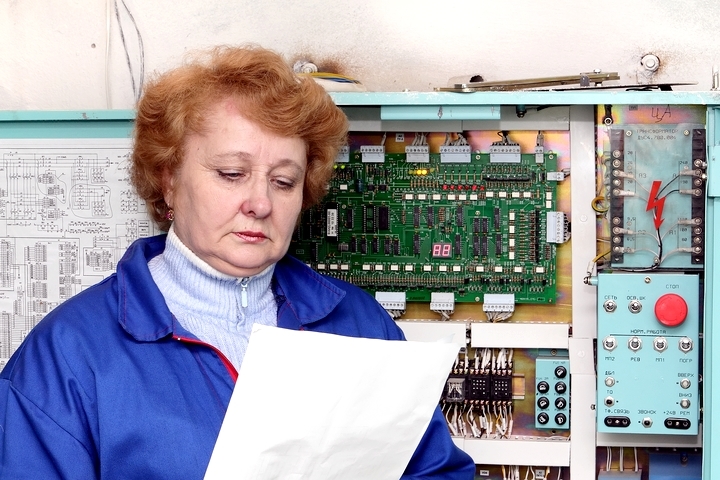
Consider consulting with your elevator manufacturer and installation firm to develop written protocols for managing elevators. The weight of authority strongly urges an elevator company to shut down this form of multi-floor access completely when a hurricane strikes. Most insurance policies and maintenance contracts do not cover hurricane damage.
2. Know The Chief Risks Hurricanes Create For Your Elevators
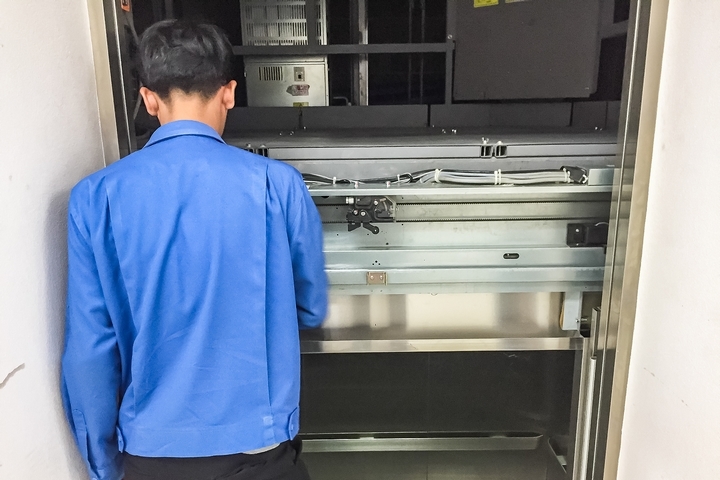
Hurricanes impose significant water damage risks. Different types of elevators may sustain variable threats from rising water, for example. A traction elevator might sustain different forms of harm than a hydraulic elevator. Elevators in many buildings utilize an elevator machine room. It may require particular protection against rain and flooding. For more information, you may want to consult with Mad Elevator for their resources and insights.
3. Perform Essential Storm Preparations in Advance
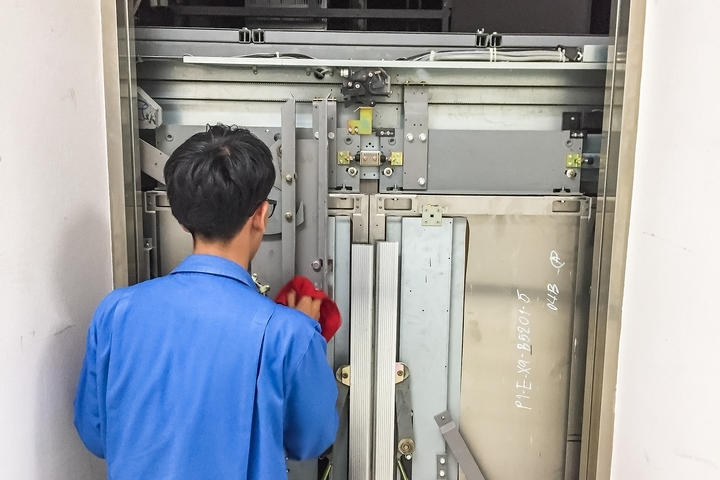
Consider compiling a checklist of steps to protect your elevator system from storm damage. For example, managers may need to prepare both the elevator hoistway and the elevator machine room to withstand water intrusion. In many cases (but not all), positioning the elevators near the center of the hoistway helps safeguard counterbalancing equipment.
Covering the elevator room vents and windows with wood may help prevent water from penetrating inside. Additionally, applying weatherstripping around elevator room doors and ensuring sump pumps channel leaking water out of hoistways often proves helpful.
4. Always Check Every Elevator Before a Shutdown
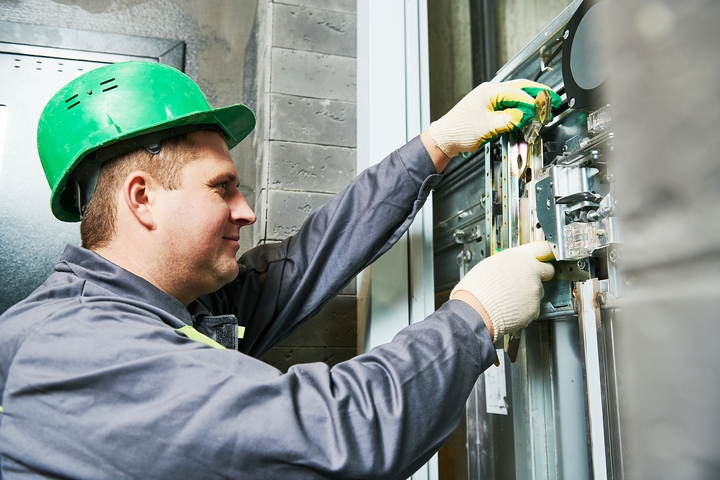
Before shutting down elevators in advance of an approaching hurricane, always instruct maintenance personnel to carefully check the elevator occupancy status. In 2016, an unidentified woman in Xi’an China perished after she became trapped inside an apartment building elevator removed for extended routine maintenance. An elevator company may find it helpful to specify checking occupancy before any elevator shutdown.
5. Don’t Count on Backup Generators During Hurricanes
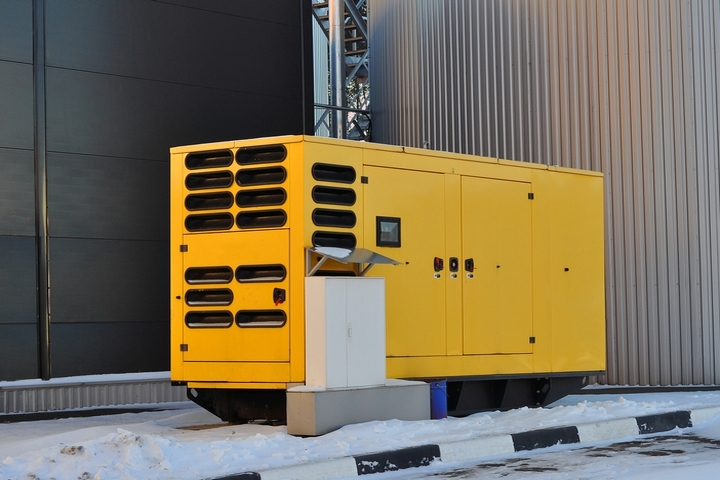
Even backup generators sometimes experience catastrophic power failures during hurricanes. Elevators operating on a backup system may suddenly shut down and trap people inside an elevator without warning. Additionally, if water contacts some types of electrical equipment in a storm damaged building, this situation may pose a fire hazard at a time when many emergency services remain unavailable. For a variety of reasons, asking people to use staircases or ramps instead of elevators during hurricanes optimizes safety.
Preparing elevators for hurricanes remains a timely topic in many coastal areas, as concerns about Global Warming intensify. By compiling checklists for safeguarding this equipment, managers help prevent avoidable damage. This practice also facilitates the resumption of operations after hurricanes.






